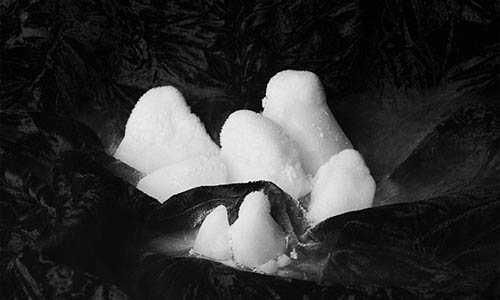Dry ice has been a fascination for all of us in school ever since we read about it in science classes.
Almost every child at some point of time has been bitten by the science bug leading then to decide that growing up to be a scientist was their sole purpose in life.
Not that we really knew much about it. Ask someone the use of dry ice, and almost immediately you would get a reply along the lines of “used to store dead bodies.”
To find out more, every adventurous child took expert advice and guidance from what I would like to call ‘an overly impressed adult’ who was willing to guide and help out with the tricks of dealing with dry ice experiments.
Do all of us really know the other fun facts behind dry ice though? More importantly, are there any more fun things to learn on this topic that we probably missed out in 4th grade?
Well, read on to find out.
1. What is dry ice?
All substances may exist in more than one state. The solid form of carbon dioxide is called dry ice.
2. The science behind formation of dry ice.
Dry ice as mentioned earlier, is manufactured from raw co2. The process is initiated by compressing carbon dioxide to its liquid form. It is then subjected to pressure during which liquid co2 is released leaving behind dry ice snow. This dry ice snow is then pushed into a chamber to form dry ice blocks or pellets
3. The history of dry ice.
The discovery of ice is credited to the French chemist Thilorier. In 1835, he noted the presence of dry ice in a cylinder that previously contained liquid carbon dioxide. The liquid carbon dioxide that evaporated left behind a solid mass. He then put the pieces of puzzle together and concluded that when compressed or left to evaporate; liquid carbon dioxide formed its solid state that was called dry ice
.
4. Dry ice never melts.
Well this isn’t entirely true. As contradictory as it may sound, the question has a different answer depending on the situation under consideration. On a normal day to day basis, it is true that the dry ice doesn’t melt. It sublimates from its solid state to directly form gaseous carbon dioxide.
Solid carbon dioxide however can be brought back to its liquid state by melting in a laboratory. This is however an externally aided process that involves applying pressure to ice and bringing it back to its original temperature.
5. Heating dry ice in a microwave
When dry ice is heated with water in a microwave, it is observed that bubbles are formed more rapidly than normal. This is because dry ice sublimates faster when hot.
6. Effects of holding dry ice.
Dry ice is very cold and it is thus necessary to use gloves while holding dry ice to avoid frostbites.
7. The figures relating to dry ice.
Dry ice has a specific density between 1.2 and 1.6 kg/dm3. Its molecular weight has been measured as 44,01 grams/mole and specific gravity as 1.56.
8. Boiling water added to dry ice.
When water is added to dry ice, it sublimates forming a mixture of carbon dioxide and cold air. This causes condensation of the water droplets in air to form fog. Boiling water simply quickens this process leading to rapid production of fog.
9. Dry ice can be dangerous if not handled properly.
Dry ice may lead to explosions when subjected to very high pressures. This is especially true for cases in which dry ice is sealed in containers.
10. Dry ice sinks in water.
Dry ice has a greater density than water.











Leave a Reply